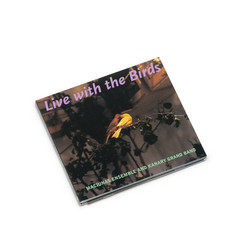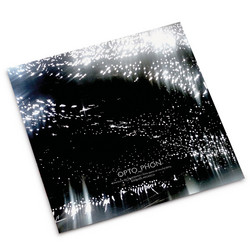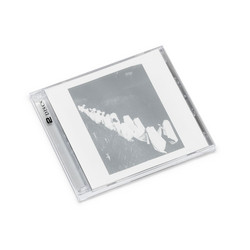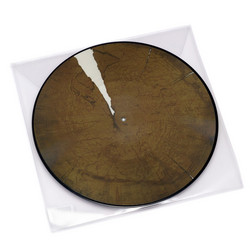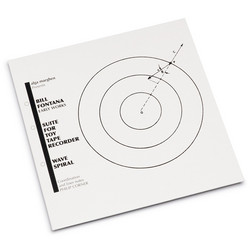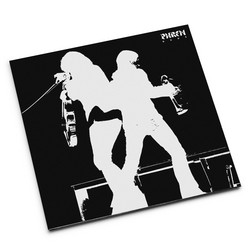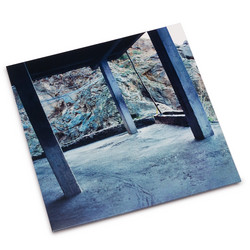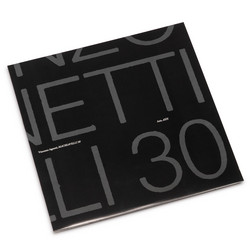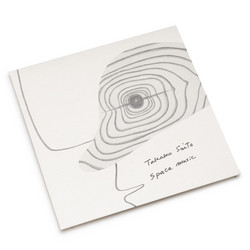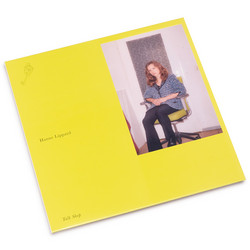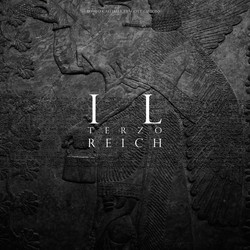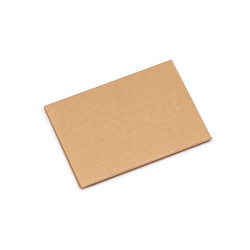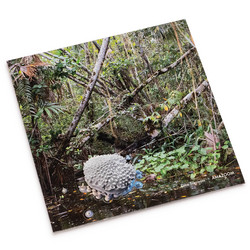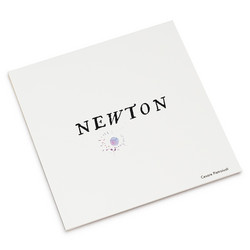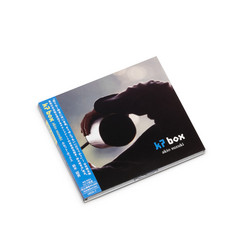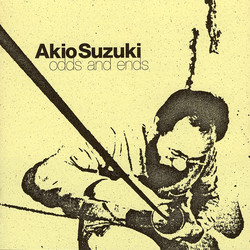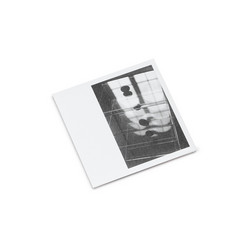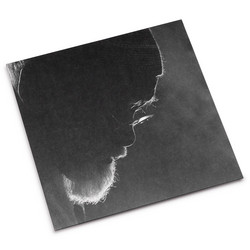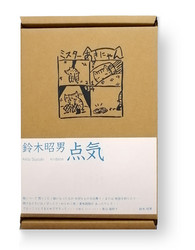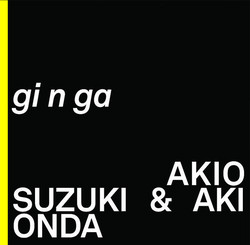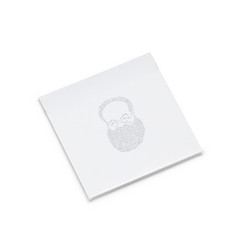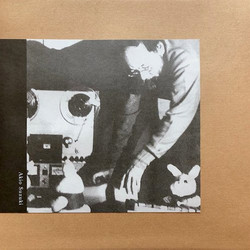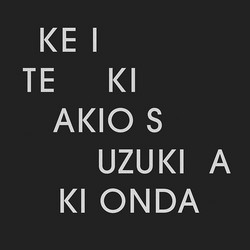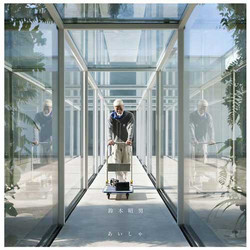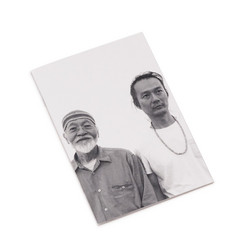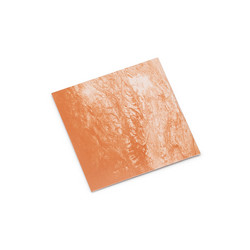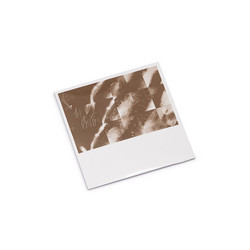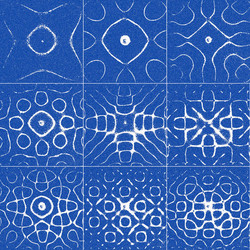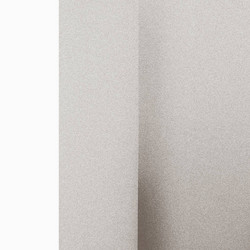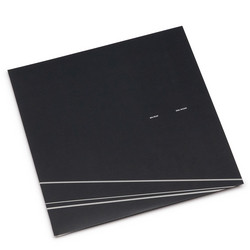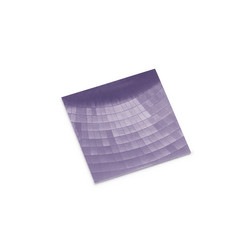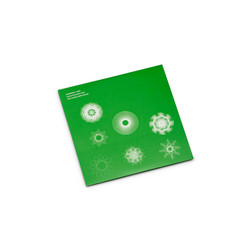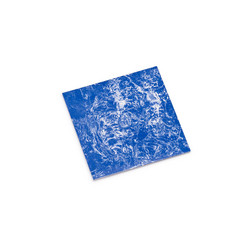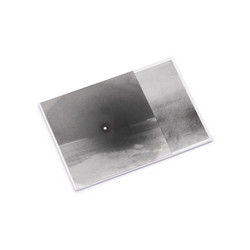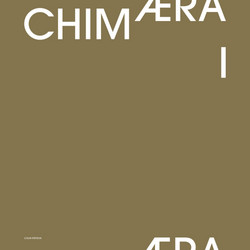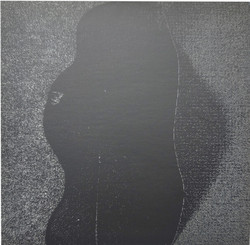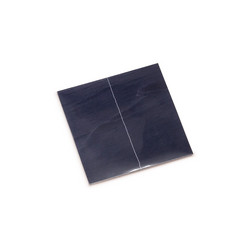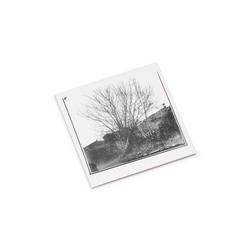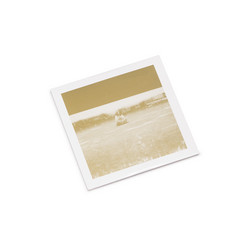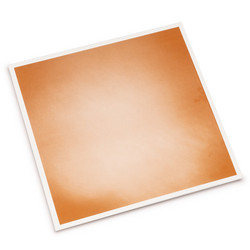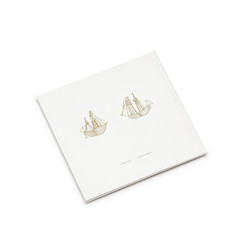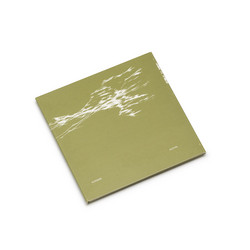Tip! During one of the most collectively challenging years in living memory, Lawrence English’s Room40 has managed to beat the odds and consistently deliver rays of light through the darkness, reminding us of what great art is all about and its importance in times like this. 2020 has already seen the label drop incredible albums by Werner Dafeldecker, Rafael Toral, David Toop, Phill Niblock, Ellen Fullman & Theresa Wong, Merzbow, Beatriz Ferreyra, and handful of others. Now they’re at it again with what is unquestionably among our absolute favourites of the lot, Zeitstudie, a body of recordings that encounters the legendary sound artist, Akio Suzuki caught in a whirlwind of creativity during the mid-1980s. Originally issued as a cassette - his first - by the tiny German imprint, Edition Giannozzo Berlin, out of print ever since, the Room40 edition, complete with a new cover by Hiromi Miyakita, selected by Suzuki, is its first ever vinyl release. Unquestionably among his most important and seminal early works, it’s hard to imagine anything being a more welcome comfort to our ears.
Since the early 1960s, Akio Suzuki has carved an entirely singular creative path, falling in liminal zones between music, sound art, performance, visual art, and environmental intervention, building a practice that is rooted in the acts of listening and observation, as much as generative action. During the late seventies and through the eighties, he developed a form of performance referred to as Conceptual Soundwork, subsequently leading his widely regarded contemporary practice that utilizes objects assembled on site. For much of his career Suzuki worked with a number of instruments that he invented and built himself, notable the Analapos – an instrument developed during the 1970s that creates echoes through the acoustic transmissions of a spiral cord stretched between two metal cylinders, and the De Koolmees - consisting of hollow glass tubes suspended over a frame, and an ancient stone flute (Iwabue) passed down through his family for many generations. It is these instruments that feature across the two side of Zeitstudie, a body of work recorded in Germany and issued in 1985.
Zeitstudie comprises 4 works from an incredible period in Suzuki’s career - Standtype "Analapos -b", Suzuki type Glashamonika "De Koolmees" (Wet hands Method), "De Koolmees" (Stick Percussion Method), and Voice "Analapos -a" - each sculpting an entirely freestanding world of sonority, in careful discourse with the next, shifting fluidly between the vast textural and reverent zones that emerge across Standtype "Analapos -b", the careful and delicate harmonics of the central works for glass harmonica - the first an interplay of long tone and the second percussive - to the final of Voice "Analapos -a". A truly mesmerising and immersive body of work that is bound to be a true revelation to most, offering crucial access to one of the most important periods in Suzuki’s career. Just about as essential as any record could be. A joy in listening from one of the giants of experimental sound that’s not to be missed.
"In May 1984 I appeared at a German festival called Pro Musica Nova, organized by Radio Bremen. I then travelled to Berlin by car with Rolf Langebertels, the owner of Galerie Giannozzo who had driven to Bremen to hear me perform. I still remember very vividly the experience of passing through the checkpoint to enter West Berlin, a city that floated like an island in the middle of the still socialist GDR. I had previously visited Berlin in 1982 to perform at Kunstlerhaus Bethanien at an event that Rolf had organized. This time too Rolf had organized a concert for me at the Technische Universitat. Playing off the title of the piece ('Study Time') I had performed at Pro Musica Nova, I titled the piece for this concert 'Zeitstudie'. I owe Rolf a great deal of gratitude, as it was him who encouraged me by releasing my very first cassette tape, Zeitstudie von Akio Suzuki. In recent years it has become difficult for me to carry heavy instruments around with me, and I have started to do simpler performances with objects assembled on site . . . On Zeitstudie von A.S. I used an ANALAPOS, the echo instrument I invented in 1970, and the Suzuki-type glass harmonica that I created in 1975. The ANALAPOS resembles the tin-can telephone that children used to play with: two metal cans, open at one end and connected by a coil spring. You play it by stretching out the spring horizontally and then projecting your voice into the open end of one of the cylinders. The second piece features a variation, where I would suspend several ANALAPOS vertically and play them like a percussion instrument. The Suzuki-type glass harmonica is in a simpler form than the pre-existing glass harmonica, and consists of five long glass tubes of varying diameters suspended horizontally in a metal frame. As well as rubbing the tubes with wet hands, I developed my own style of playing it using sticks. Once when I was practicing with it in the Netherlands, outside the window I was surprised to hear a bird imitating my sounds. However, later I discovered that the bird always sang that way, and as a token of my regret for having ever doubted it, I borrowed the bird's Dutch name, De Koolmees, and I still use it for my instrument..." - Akio Suzuki

